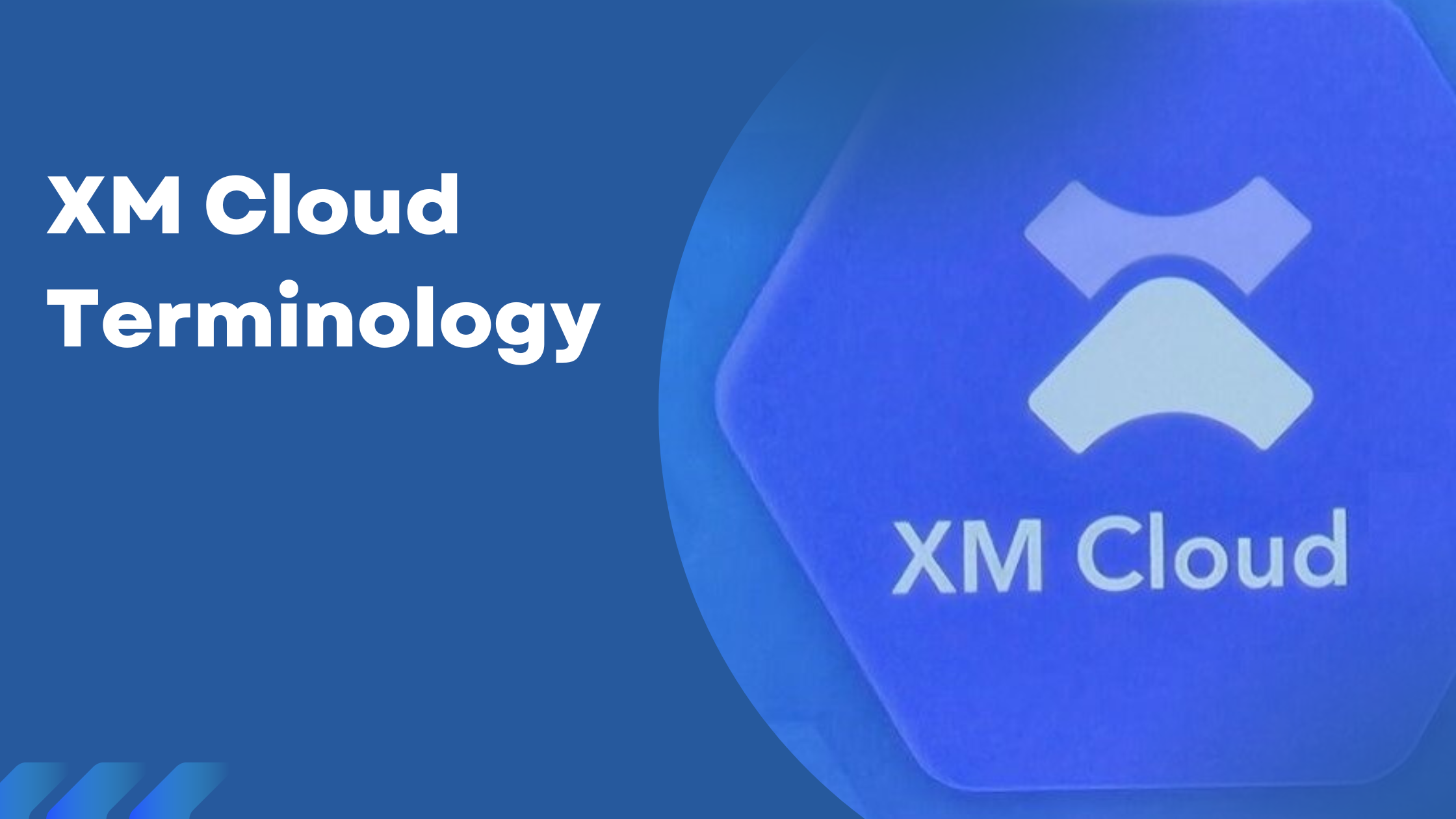I recently completed my Sitecore XM Cloud certification, and I am excited to share my knowledge through a series of blog posts. In this post, I discuss some common terminologies used in XM Cloud. In a previous blog, I covered the Introduction to XM Cloud. Stay tuned for more insights on XM Cloud in my upcoming posts.
Sitecore Cloud Portal
The Sitecore Cloud Portal serves as the central hub for accessing all Sitecore DXP products. Through this portal, you can manage your organization and users, as well as control access to applications such as XM Cloud, Content Hub ONE, and the XM Cloud Deploy app. Access the Cloud Portal at portal.sitecorecloud.io.
Organization
An organization comprises related team members and Sitecore products. Each organization can include one or more Sitecore products, with multiple instances of each product.
Large enterprise companies or solution partners may manage multiple organizations, whereas smaller companies typically have just one. Each organization employs a set of rules to determine user access and define their roles within each product. Organization management is facilitated through the Cloud Portal.
App
An app is an instance of a Sitecore product. For example, a company might have three XM Cloud apps within its organization: one for development, one for staging, and one for production.
A Sitecore solution partner’s organization might contain multiple XM Cloud apps like XM Cloud, CDP, Personalize for each of its customers.
By default, an Organization User does not have access to any apps within the organization. Access for an Organization User can be managed by assigning specific app roles. Individuals with the Organization Admin or Organization Owner roles automatically have the highest level of access across all apps.
Roles
Roles define which apps and features each team member can access within the Sitecore Cloud Portal. There are two types of roles: organization roles and app roles.
Organization roles determine if you can invite others to the organization, assign roles, and perform other administrative tasks. Individuals with the Organization Owner or Organization Admin role automatically have admin privileges in all apps within the organization.
App roles specify which apps a team member can access and their role within each app. Each Sitecore product has its own unique set of app roles.
Project
A project is a logical grouping of XM Cloud environments, such as a development, testing, and production environment. In XM Cloud, you can create a project using the Deploy app, the CLI, or REST APIs.
Environment
An environment is an entity that holds a set of configurations, code, and implementations. Each environment includes CM, Experience Edge Tenant, Databases, Rendering Host, Indexes etc.
Content Management Instance
The Content Management instance is where you create, store, and edit site content; and manage publishing, content modelling, versioning, workflows, translations, rules, and permissions.
It includes your page layouts, components, data source configurations, localization, and personalization settings.
Site
A site is a collection of one or more pages, and a page can have several components. Within XM Cloud, a site is always a headless site.
Site Collection
A site collection serves as a parent entity that organizes related sites, grouping them by business unit, brand, or similar categories. It facilitates content sharing among the sites, such as data templates and digital assets.
Deploy App
The XM Cloud Deploy app provides a user-friendly interface for managing environments and deploying XM Cloud projects. It features a project creation walkthrough, a detailed log of each deployment step, a status page, and a centralized hub for managing your projects and environments. Upon successfully completing the project creation flow, the app executes the following processes to finalize the project creation:
- Provision
- Build
- Deploy
Rendering Host
The front-end application, also known as “the rendering host,” is responsible for displaying the website to your audience. It can be hosted on platforms such as Vercel. This application is configured and scaled to handle live traffic effectively.
Experience Edge
Experience Edge is a GraphQL API-based service endpoint that enables the retrieval of layout and content distributed through a CDN. It serves as the XM Cloud publishing target and is hosted by Sitecore.
Environment Variables
Environment variables are key-value pairs that control core aspects of your XM Cloud environment setup. Stored outside the source code, they simplify configuration changes. For instance, in a Next.js application, they are stored in an .env file, while in local development, they are stored in env.local. XM Cloud includes three types of environment variables: system, user-controlled, and custom.
System Environment Variables
System environment variables encompass settings and configurations essential to your XM Cloud environment. While these settings can be modified in a local development environment and when using an external rendering host, they cannot be changed in a production XM Cloud environment.
User-Controlled Environment Variables
XM Cloud environments come with predefined environment variables that you can control.
Custom Environment Variables
In addition to predefined environment variables, you can create custom key-value pairs and store them in XM Cloud. These can be used for purposes such as connecting to third-party systems.








